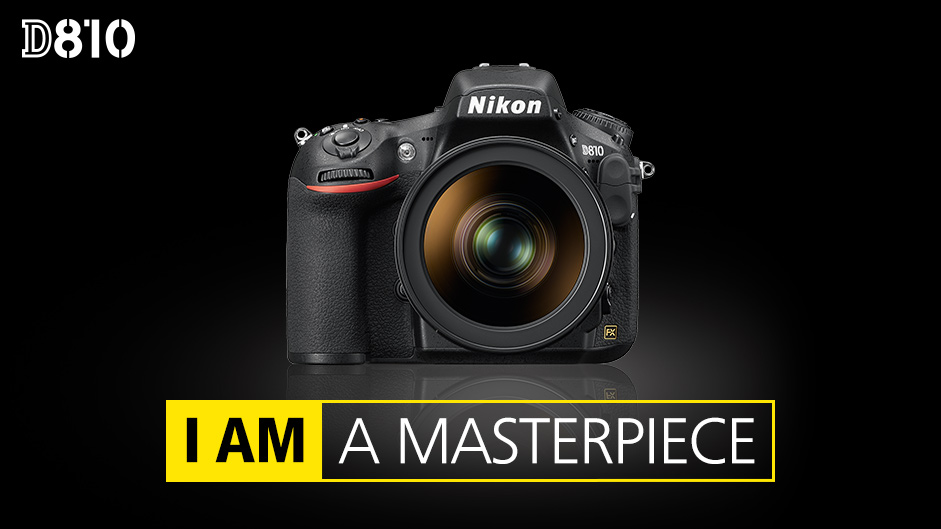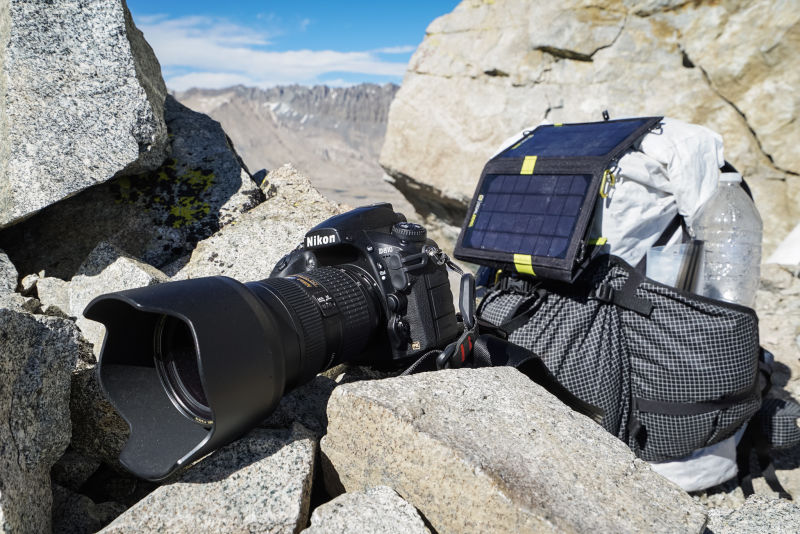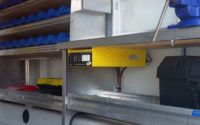Here’s What Makes the Nikon D810 the Ideal Camera for Professionals
Imagine how hard it is for mere mortals to shoot the perfect photo if professional photographers perceive the idea of creating the perfect shot such a big challenge? There’s always going to be something missing from your photo or something you’ve done slightly wrong. Slightly but enough to disappoint a professional eye. And while environmental changes or changes in the object being photographed can rarely be controlled (think when shooting in nature trying to photograph a butterfly, for example), what can definitely be done to satisfy the keen eye of a professional photographer, is getting a solid, high quality, professional camera.
In this post, the focus will be on a rather expensive baby, and from a professional point of view – the piece that distinguishes the pros from the beginners. Introducing the Nikon DSLR D810 – my latest favourite.

You won’t see this camera used by just about anyone. Except maybe by people who don’t have the skills, knowledge and vision for photography but have a lot of money to spend and a huge desire to become a photographer. If you’re one of them, I can only conclude that you made an honest mistake, because as a beginner you should always start small, and as your skills and sense develop, upgrade the tools you use.
So, what makes the Nikon DSLR D810 so good?
The CMOS (Complementary Metal-Oxide Semiconductor) Image Sensor
This camera has a 36.3MP FX format sensor and an optical low pass filter. This is the highest resolution sensor, which makes the D810 a special example between the types of Nikon DSLRs. The optical low pass filter as an addition, provides a high-level of sharpness and detail. There’s also channel readout and a number of other goodies like: a wide dynamic range and very rich tones (very important for the liveliness of a photo).
The Processor
It’s an EXPEED 4 processor which offers about 30% faster performance than the previous versions used by NIKON. That consequently offers better low noise imaging. The processor has increased efficiency which enables you to create up to 1200 shots and about 40 minutes of video recording.

An Auto-Focus Sensor
The auto-focus sensor may not be news, but this one is an improved version. There are AF modes that offer 9, 21 and 51 points, as well as 3D tracking, which when combined offer very precise auto-focus control. The camera has high AV sensitivity of -2 EV, which is sensitive in low light conditions. There are improvements such as a better ‘lock-on’ and a number of other AF mode restrictions.
According to me, these would be the main features I’d be looking for in a professional camera. Things like the processor and the focus aren’t exactly a piece-of-cake for the newbies, which is why so many people disregard them and then wonder why their cameras don’t make good photos. In general, the Nikon D810 is great for anyone who is looking for good resolution and rich tones that provide the element of ‘life’ in a photo.



